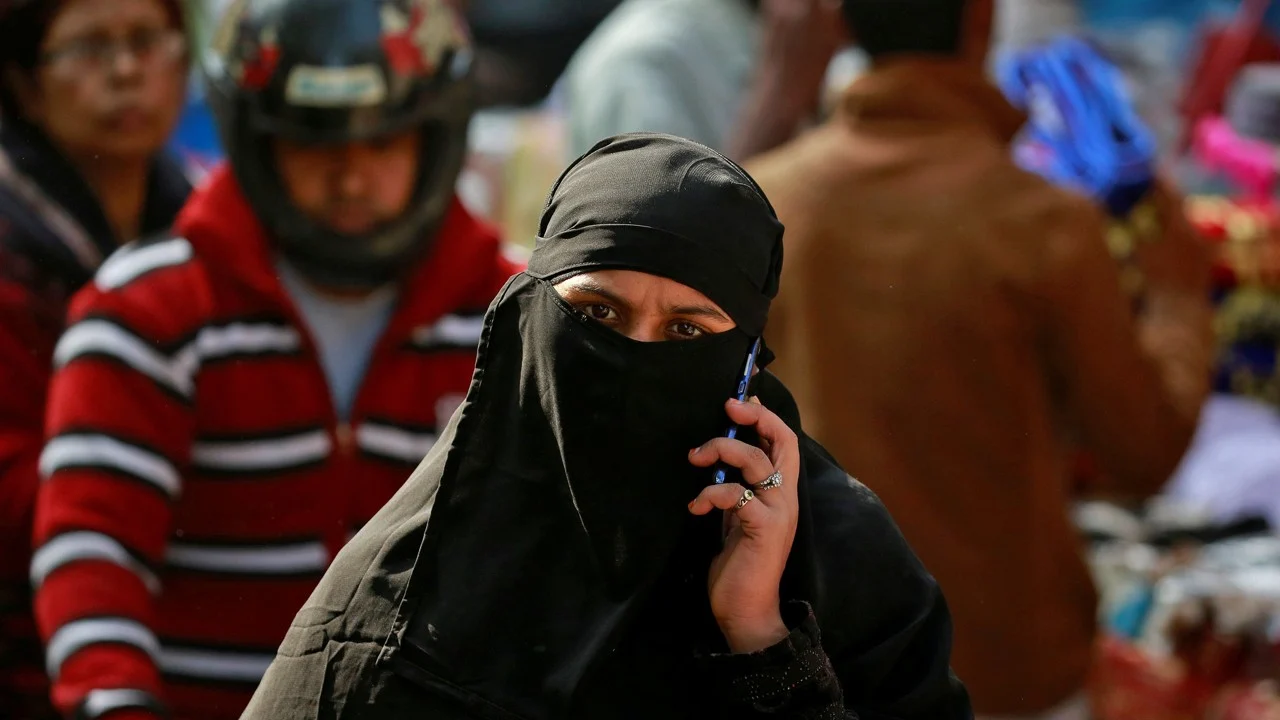Islam is the second-largest religion globally, with approximately 1.8 billion followers spread across hundreds of countries. The largest Muslim population resides in Indonesia, with around 240 million people. Many Islamic countries, particularly in the Arab world, are known for their wealth. Today, however, we focus on the Muslim community in India, where about 200 million Muslims live, making up a significant portion of the country’s population.
Perception of Growing Muslim Population in India
In India, there’s a common belief that the Muslim population is growing more rapidly compared to other communities. This perception is often influenced by one’s perspective. Uttar Pradesh, for instance, has the highest Muslim population in India, with around 40 million Muslims residing in the state.
India’s fertility rate has dropped significantly over the years—from 6 in the 1950s to the current average of 2. The fertility rate of Hindus is approximately 1.94, while the Muslim community’s fertility rate stands at 2.36. Some analysts suggest that if this trend continues, the Muslim population could eventually outnumber the Hindu population. However, this claim is a simplistic analysis that doesn’t take into account several other factors that contribute to population dynamics.
A Muslim-majority State with a Low Growth Rate: Lakshadweep
One of the unique cases in India is Lakshadweep, a small union territory with a predominantly Muslim population. Roughly 97% of its population follows Islam, and the literacy rate is impressively high at 92%, which is significantly above India’s national average of 75%. Men have a literacy rate of 95%, while women stand at 88%. In contrast, Andhra Pradesh, one of the larger states in India, has a literacy rate of just 66%.
Despite its small size—home to only about 66,000 people—Lakshadweep has experienced only minimal population growth over the last 25 years, increasing by just 6,000 people since the 2001 census. The most intriguing part is that the fertility rate here is very low—only 1.4. This means that, on average, a woman in Lakshadweep has fewer than two children in her lifetime.
The Ideal Fertility Rate and Population Decline
For a society to maintain a stable population, experts suggest that a fertility rate of at least 2.1 children per woman is necessary. This threshold is known as the replacement level fertility rate. Many developed nations, such as South Korea and Japan, are currently facing population decline due to fertility rates falling below this level. In India, Sikkim has the lowest fertility rate at just 1.1.
Other regions with low fertility rates include Ladakh, Andaman & Nicobar Islands, and Goa, all of which have a fertility rate of 1.3. Lakshadweep’s rate of 1.4 is also among the lowest in India. On the other hand, Kerala, a southern state known for its progressive policies, has a fertility rate of 1.8, and Punjab’s stands at 1.6. These figures indicate that the population growth in these regions has largely stabilized, and any increase is minimal.
Population Growth: Beyond Religion
It is crucial to note that population growth is not solely determined by religion. Government policies, economic opportunities, social advancements, and educational improvements play significant roles in shaping population dynamics. The rate of population growth in a region is not directly tied to religious affiliations but is instead influenced by a combination of these factors.
In conclusion, while there are variations in fertility rates and population growth across different regions in India, these trends are influenced by a range of socio-economic factors. The simplistic view of religious groups’ fertility rates driving population growth overlooks the broader dynamics that contribute to a region’s demographic profile.
